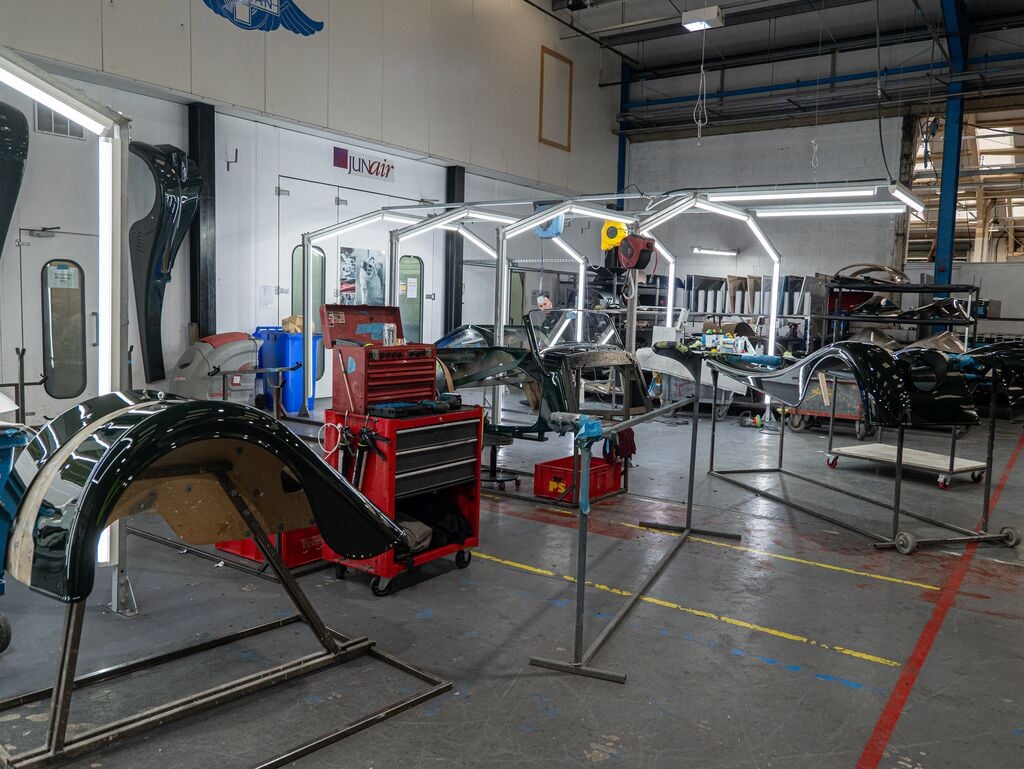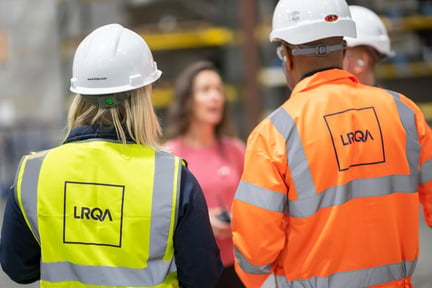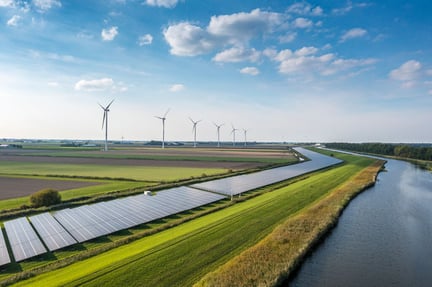The long-awaited Draft International Standard for ISO 14001 has been released, signalling the first formal step in modernising the world’s leading environmental management system (EMS) standard. Although the text will now undergo a 12-week ballot, the DIS offers a clear view of what the 2026 edition will look like and where certified organisations should focus their preparations.
What is changing?
| Theme | Where to look | Why it matters |
| Modernised terminology & harmonised structure | Throughout | “This International Standard” becomes “this document” and “fulfil” becomes “meet”; records are now distinguished from optional documentation using “available as documented information”. The update also adopts ISO’s Harmonised Structure to aid integration with other management system standards. |
| Stronger focus on environmental conditions | 4.1 | Organisations must consider how issues such as climate change, biodiversity and resource availability affect - and are affected by - their operations. |
| Clarity when determining EMS scope | 4.3 | Scope decisions must now take a life-cycle perspective, ensuring upstream and downstream impacts the organisation can control or influence are not overlooked. |
| Interested-party clarity | 4.2 NOTE | New examples align ISO 14001 with ISO 9001, making it easier to identify whose expectations count. |
| Leadership accountability strengthened | 5.1 | Top management must show personal involvement and remains accountable even when tasks are delegated; leadership support is expected across all roles, not just managerial positions. |
| Risk-based planning refined | 6.1.4-6.1.5 | 6.1.4 becomes “Risks and opportunities”; a renamed 6.1.5 tightens links between aspects, compliance obligations and planned actions. |
| New change-management clause | 6.3 | Organisations must plan and manage EMS-related changes methodically to preserve intended outcomes. |
| Life-cycle & emergency guidance | 6.1.2 NOTE | A new note explains how to apply the life-cycle perspective; potential emergency situations are now determined here, separate from normal aspects. |
| Operational control extended to suppliers | 8.1 | The EMS must control or influence externally provided processes, products or services, and define the level of control in documented information. |
| Management review re-structured | 9.3 | Sub-clauses are now General, Inputs and Results, making audit trails clearer. |
| Continual-improvement tidy-up | 10 | Clause 10.1 is deleted; text is absorbed into 10.2-10.3, but the obligation to drive continual improvement remains. |
| Annex A expanded; Annex B deleted | Annex A | Explanatory notes are greatly enlarged (e.g. A.6.3 on change management) while the bibliography in Annex B has been removed for simplicity. |
Why the revision matters
The committee’s goal is to update ISO 14001 so it remains relevant to today’s environmental realities - climate action, nature loss, resource scarcity and heightened stakeholder scrutiny - while keeping it fully aligned with other ISO management system standards. For most organisations this means refining, not reinventing, existing EMS processes, but delaying action could still create compliance risks once the new requirements become auditable.
Immediate priorities for certified organisations
- Revisit your life-cycle perspective and EMS scope to be sure upstream and downstream impacts are captured.
- Establish or formalise change-management controls that satisfy the new Clause 6.3.
- Demonstrate leadership accountability by updating role descriptions, policies and communication material.
Likely timeline
- FDIS (Final Draft International Standard): expected October 2025 (subject to ISO ballot outcome)
- Publication of ISO 14001:2026: anticipated January 2026
- Transition period: the IAF is expected to allow up to three years, meaning certificates should migrate by early 2029 (confirmation to follow).
How LRQA can help
- Awareness Briefing and Update Workshops - LRQA’s expert-led training gives you the knowledge and tools to understand the changes
- Gap analysis – benchmark your current EMS against the DIS and map out upgrades
- Implementation support – advisory services to embed new controls efficiently
- Transition Club – join our hub for expert briefings, tools and peer insights
Stay informed: subscribe for ISO 14001 revision updates and visit our ISO transition page for resources, course dates and FAQs.









